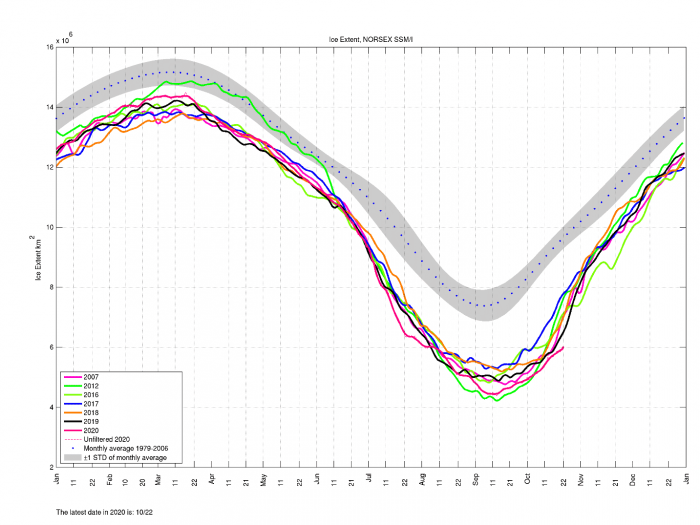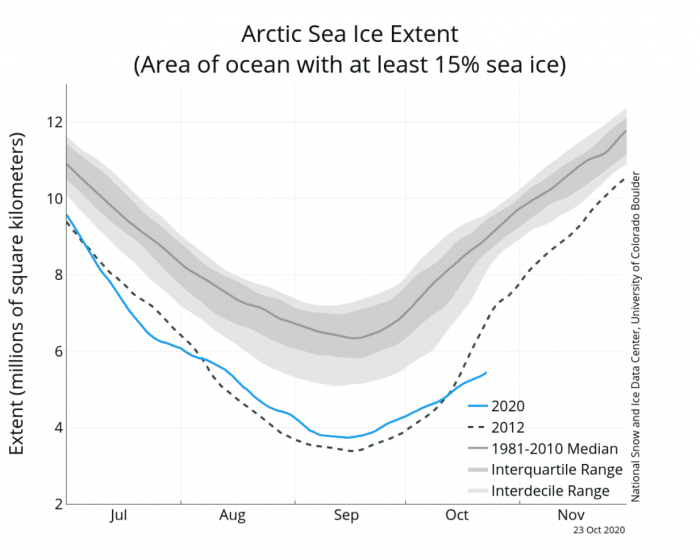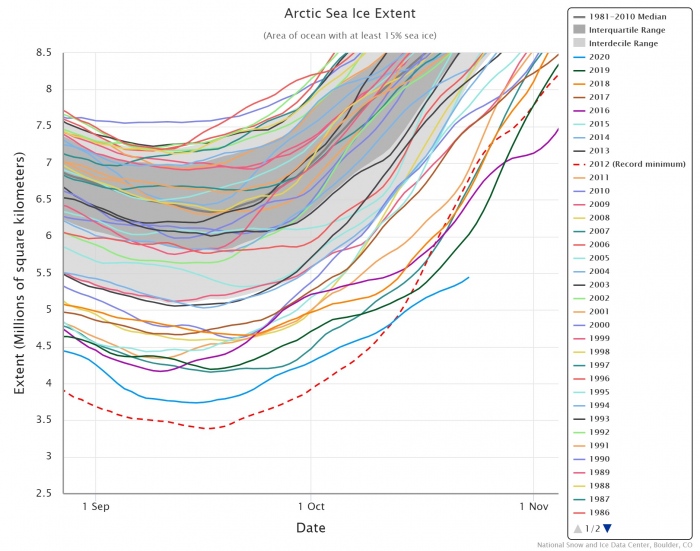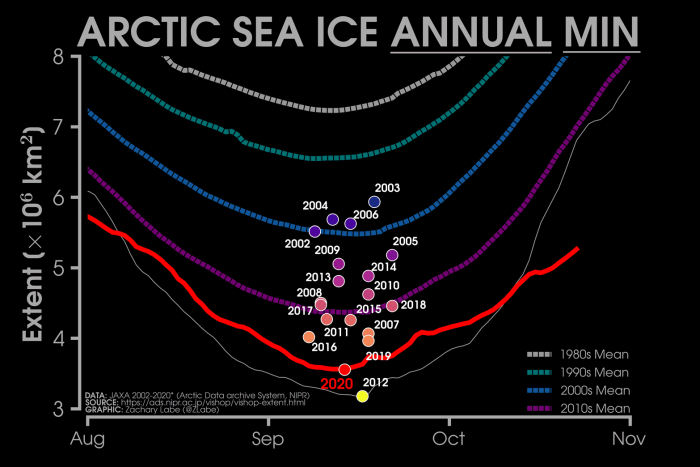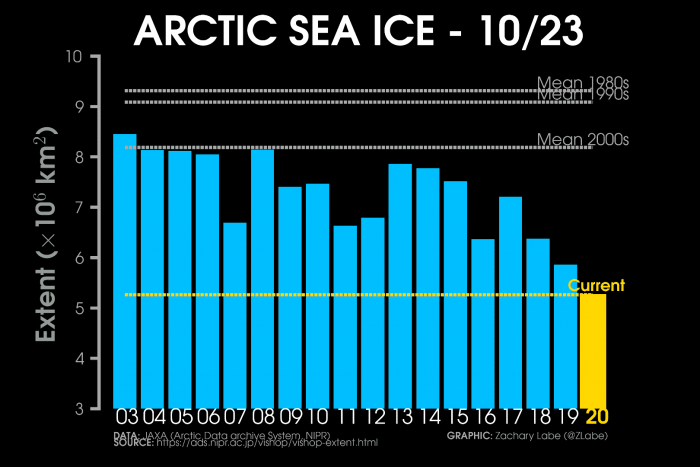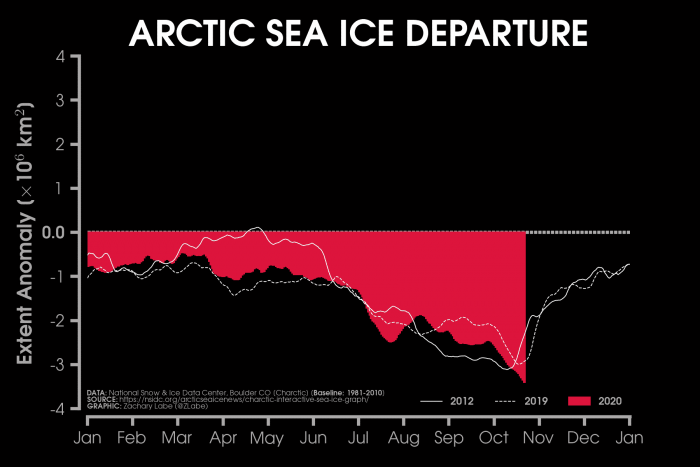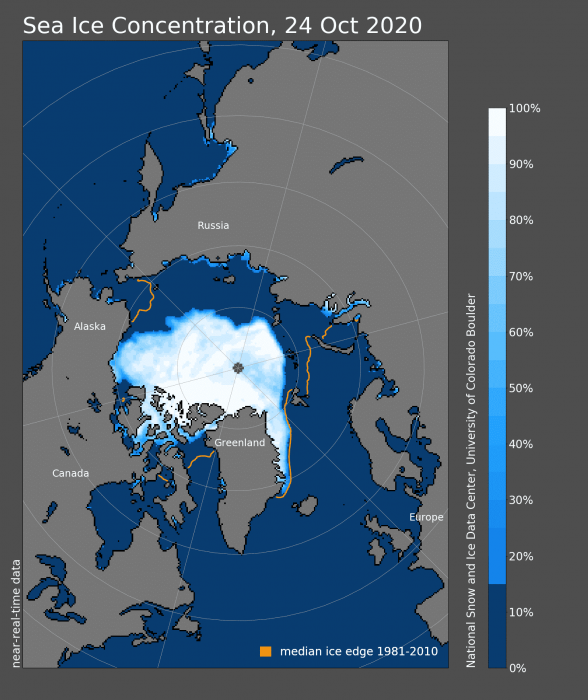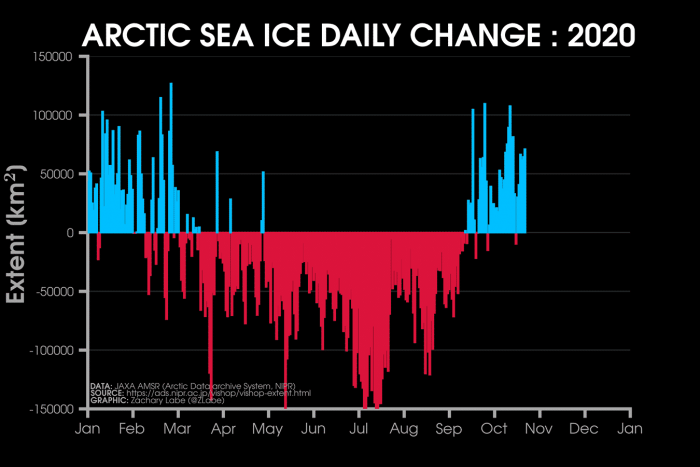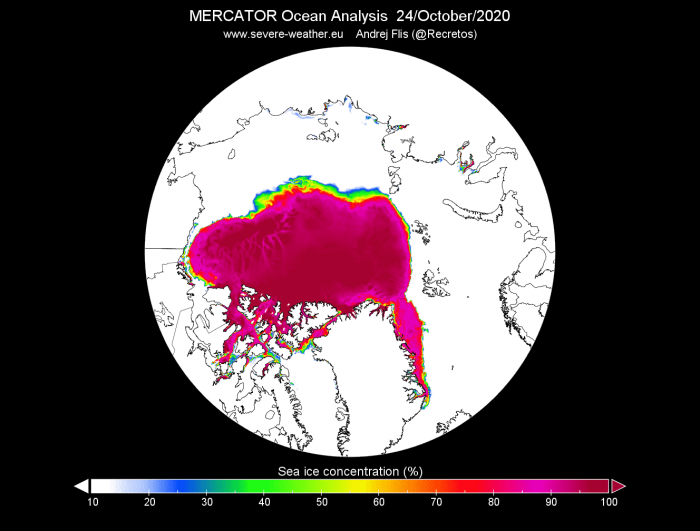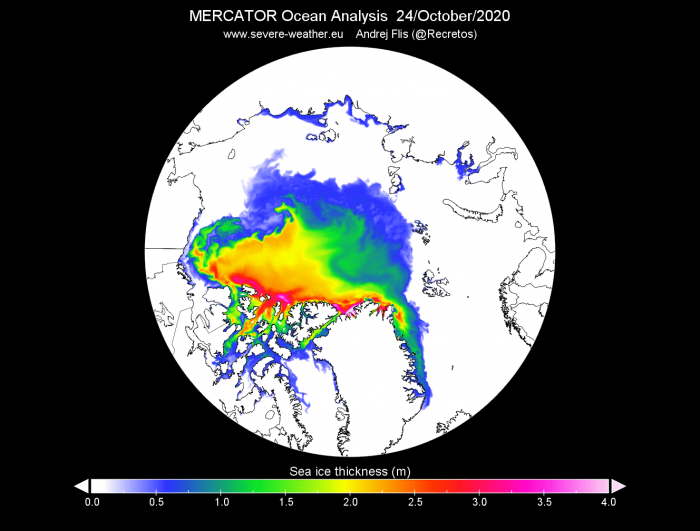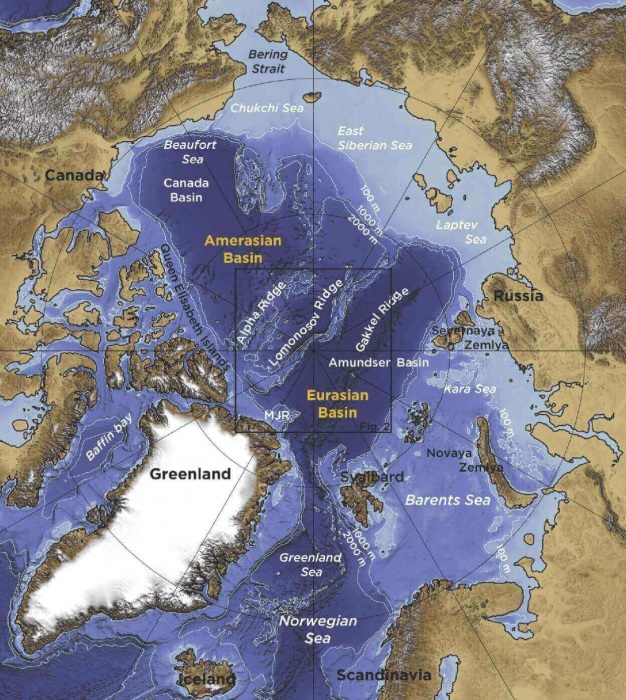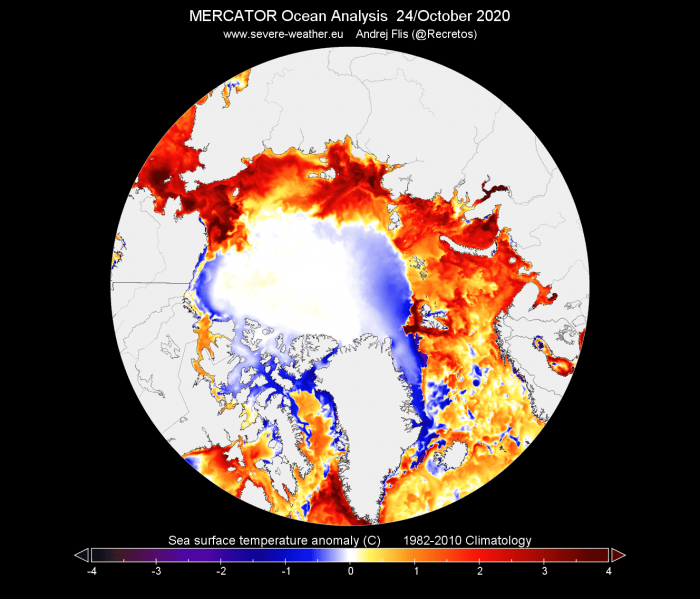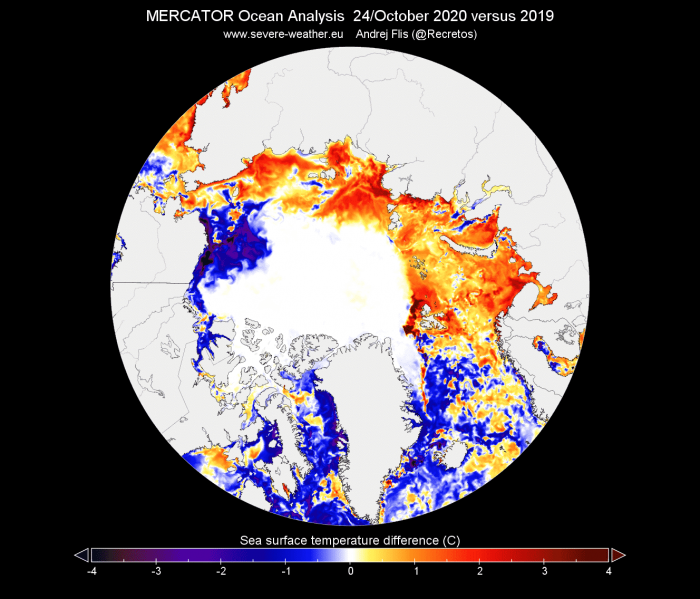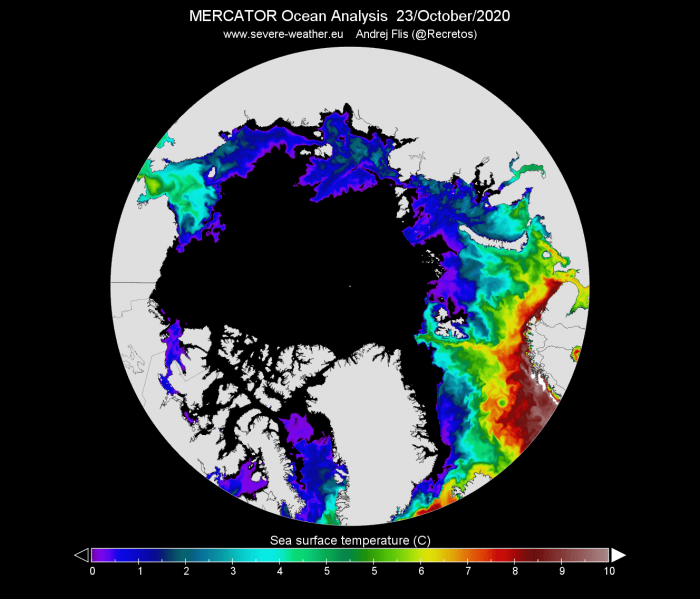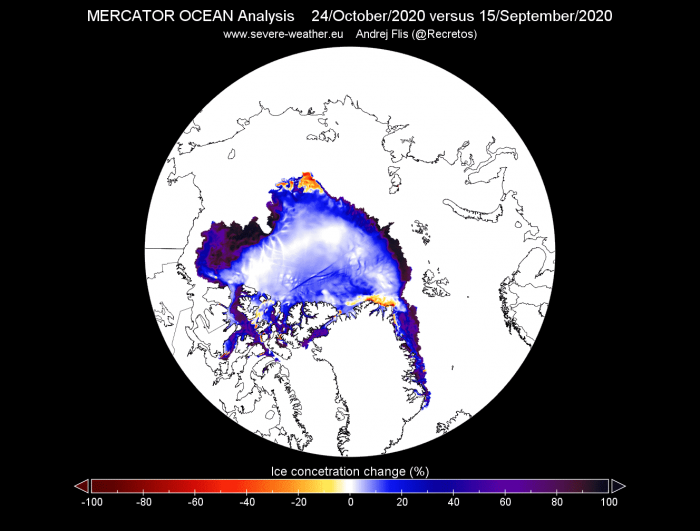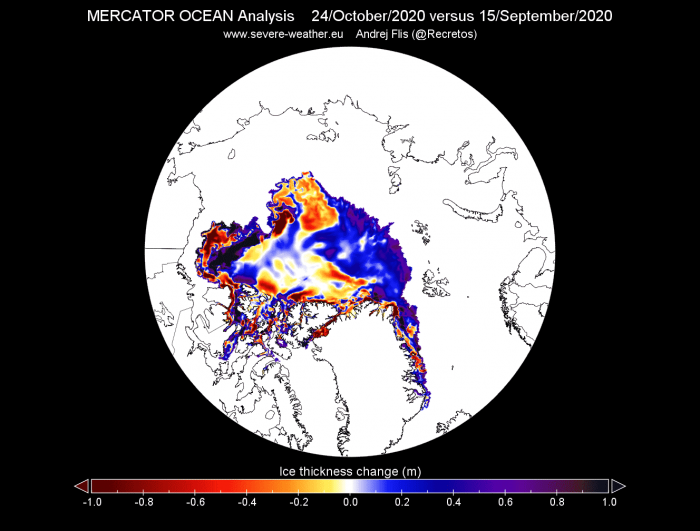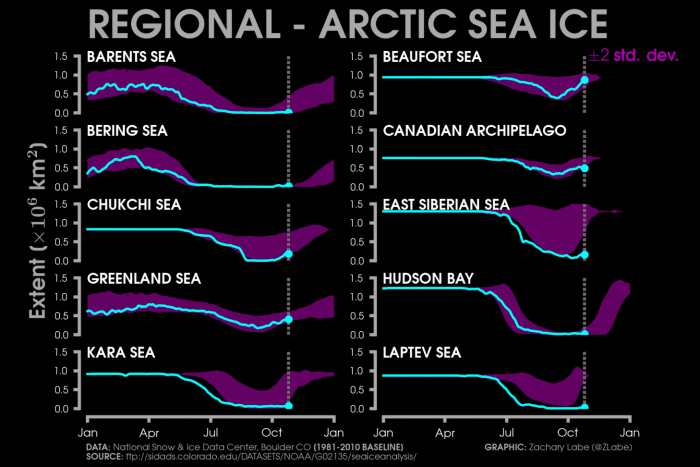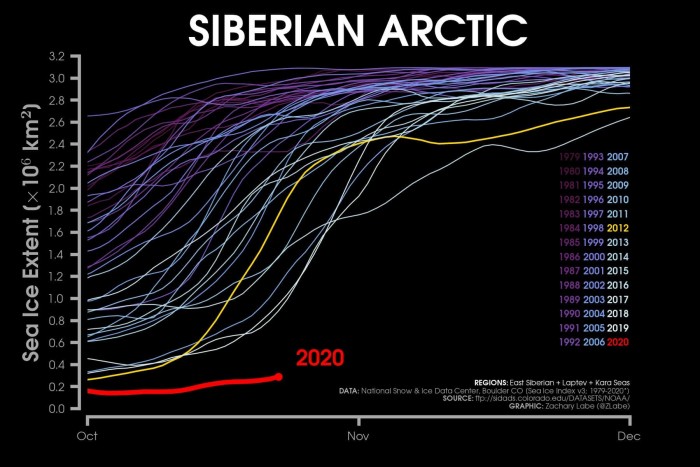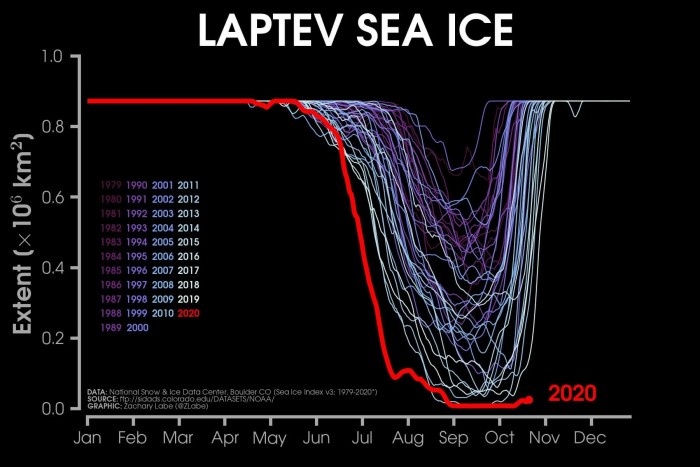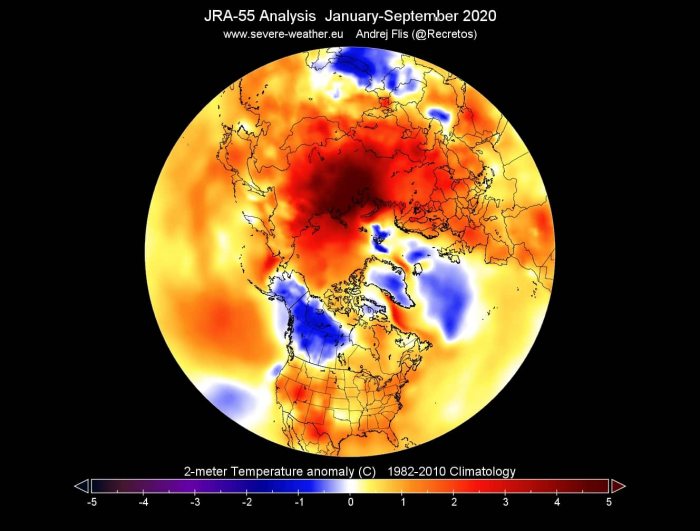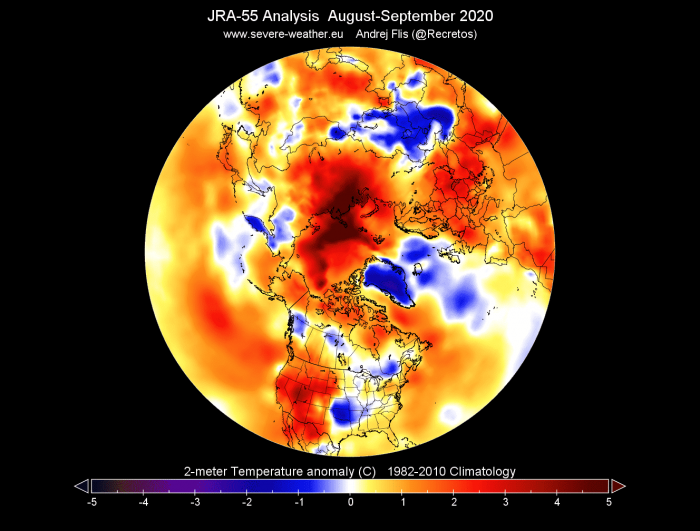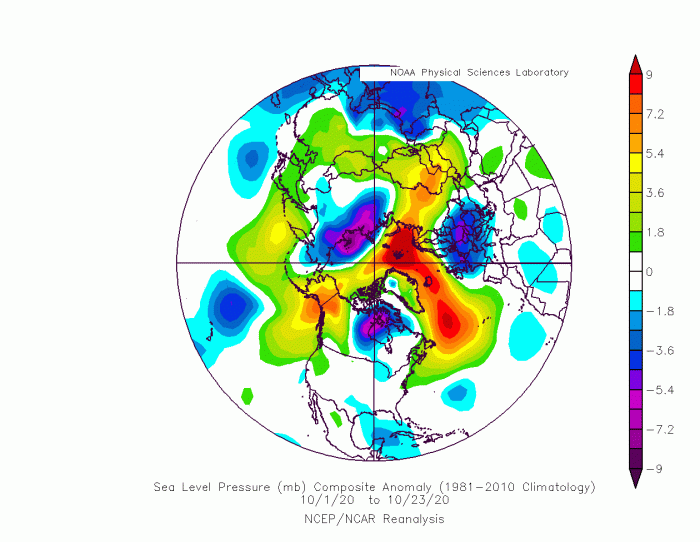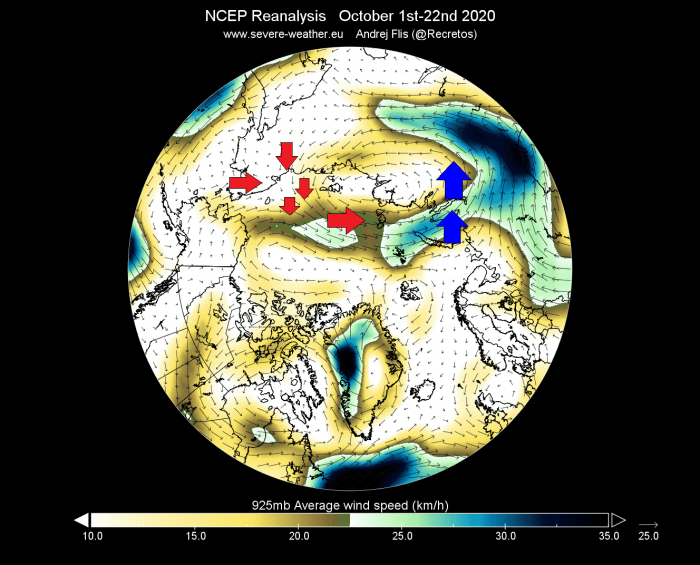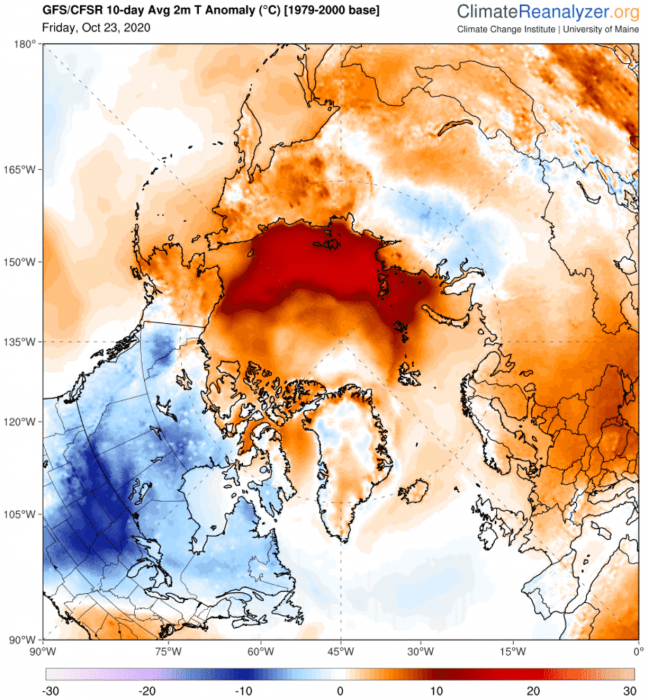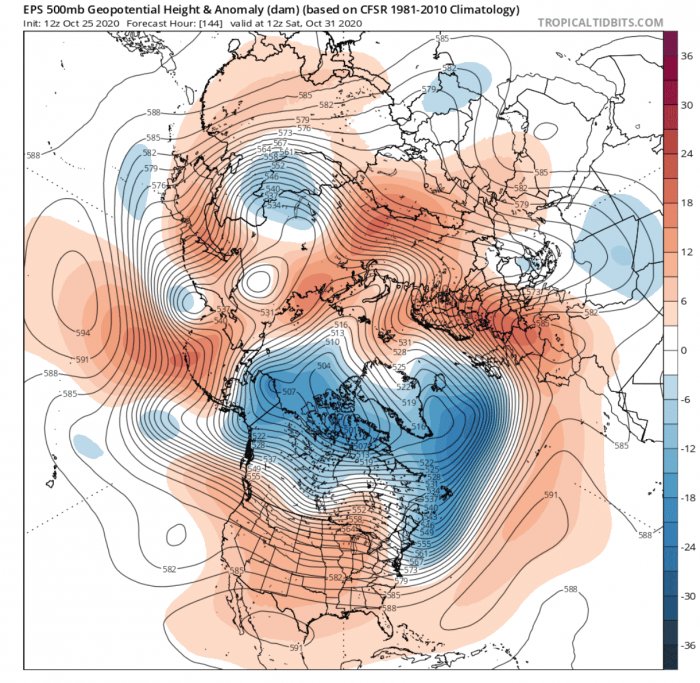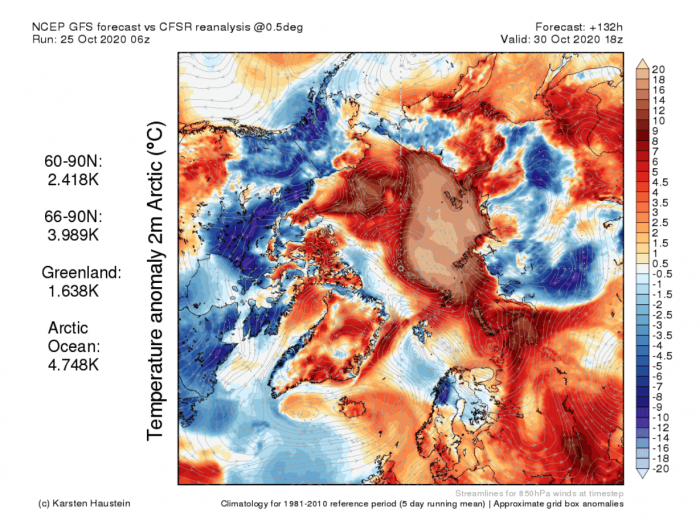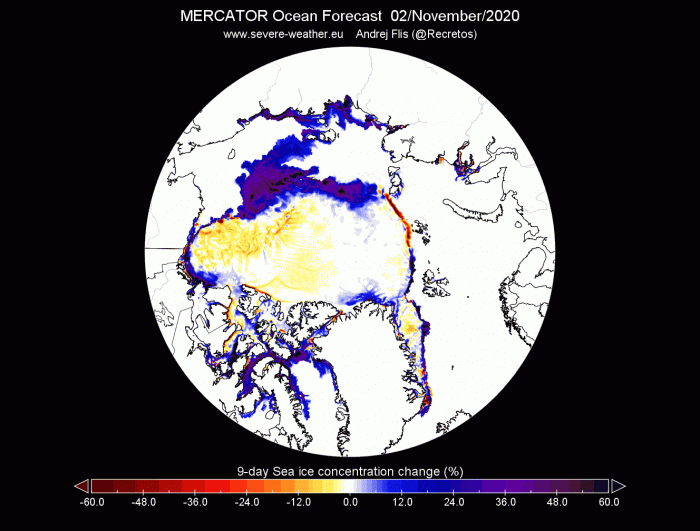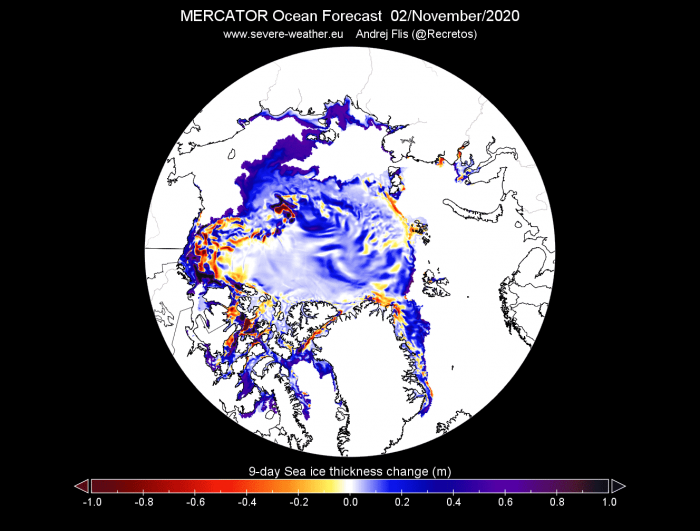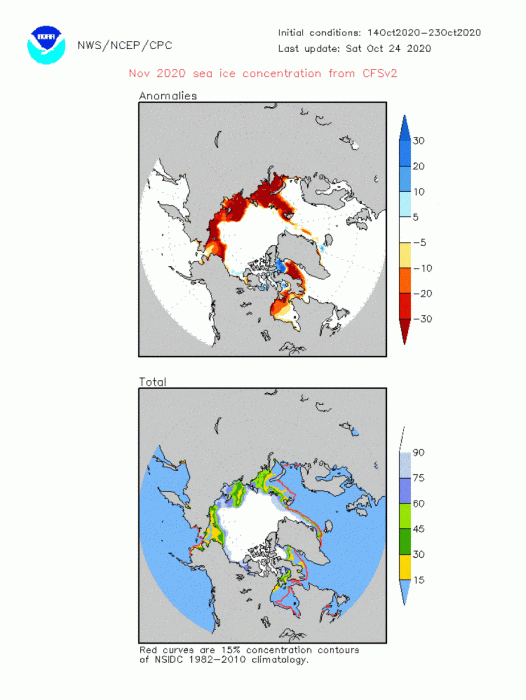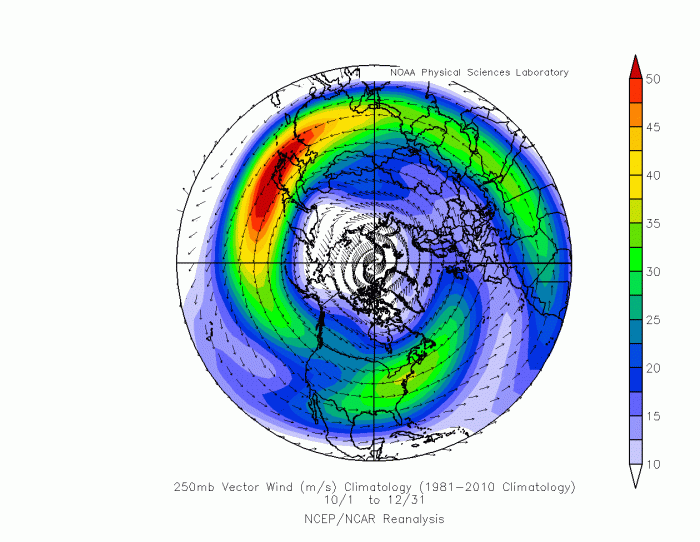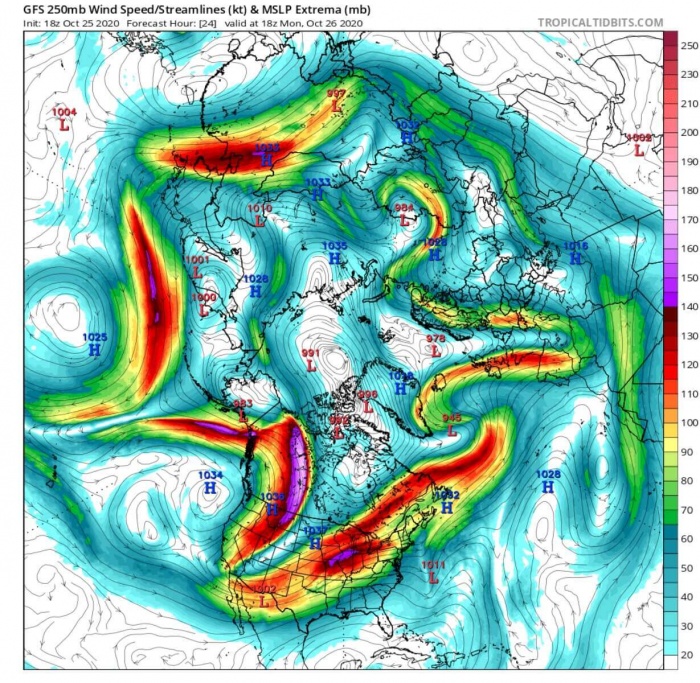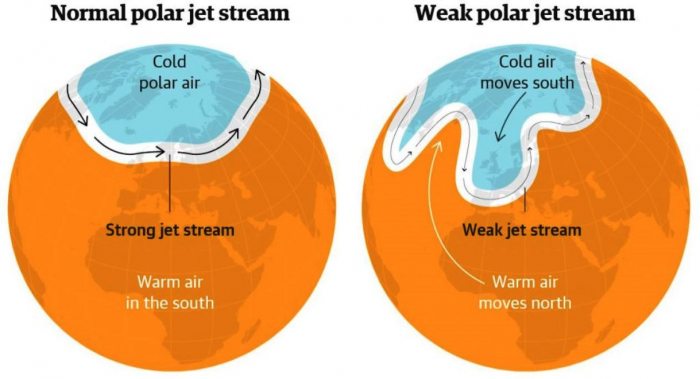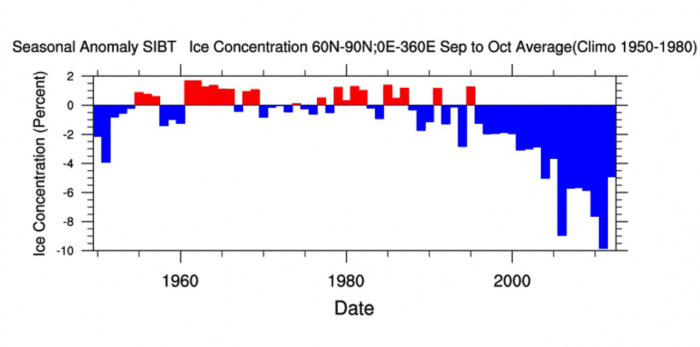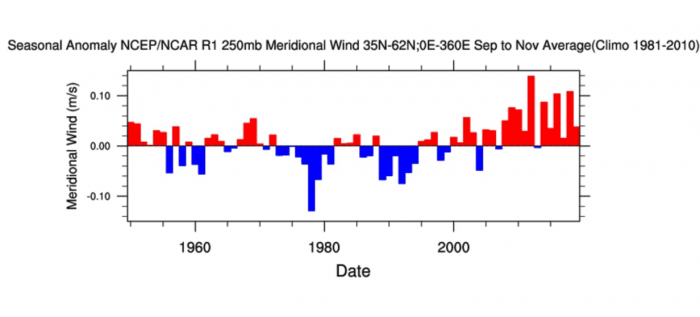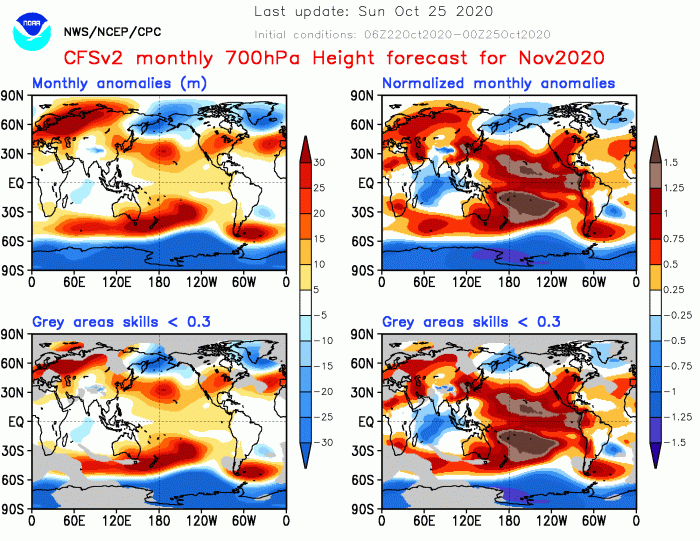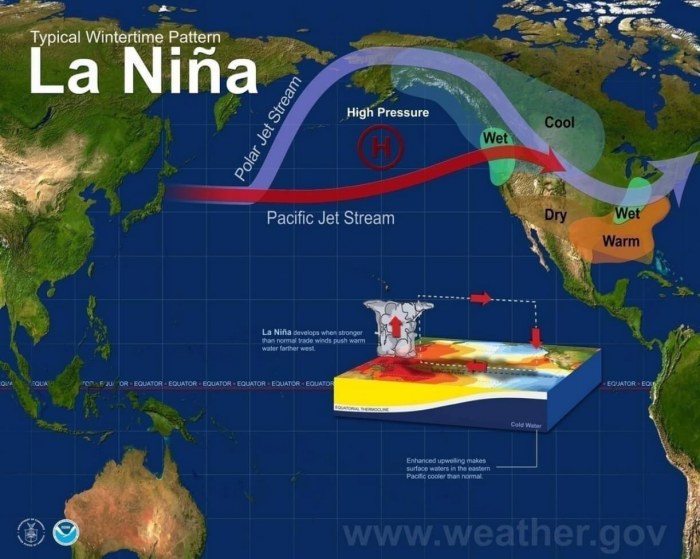National grid bottlenecks mean lost revenues are mounting for wind industry
Fearghal O'Connor
Wind farms are losing out on tens of millions of euro because of constraints in Ireland's transmission system and the problem is getting worse, a new study shows.
Wind farms lost €75.5m worth of revenue in 2019 - up from €49.7m in 2018 - because they were forced by grid operator EirGrid to either switch off completely or turn down their power output to the national grid at certain times, according to the report from the Irish Wind Energy Association (IWEA).
That meant wind farms therefore missed out on getting paid for the electricity they were not being allowed to produce because the national grid was unable to handle the load.
The report estimates tens of millions are lost every year by wind farms because of 'dispatch down', a technical term which refers to what happens when EirGrid, as the transmission system operator, turns off or reduces the amount of power a wind farm can produce for grid stability reasons.
"There is a limit to the amount of wind the system can cope with at any time and EirGrid has done great work in recent years to increase this limit up to 65pc, making us a world leader," said Noel Cunniffe, head of policy at IWEA.
"But the transmission grid itself also has constraints which mean that there may be a lot of wind farms producing power in, say Mayo, but the transmission system is too congested to get it from there to Dublin or wherever it is needed."
The revenue lost by wind farms from this type of constraint more than doubled from €14.6m in 2018 to €35.1m last year.
"While we don't have official figures from quarter one this year yet, indications are that it will actually unfortunately be a record quarter for dispatch down, primarily due to a lot of new wind generation connecting on to the system in Ireland in quarter four last year. So we have a lot more generation and we had a good few storms, which means we broke a lot of wind records in those months as well," Cunniffe said.
"So while that's the positive side of things, it has also meant record levels of dispatch down. We could have had a lot more renewables on to the grid if the grid was capable of holding it."
A key issue that has caused the problem is the failure to build major new power lines that EirGrid had proposed over the past decade because of massive local campaigns and objections, he said.
EirGrid spokesperson David Martin said that the grid operator's strategy "will ensure that renewable energy accounts for 70pc of all electricity use in Ireland by 2030 - more than double current levels".
He added: "Key to this is upgrading the power system so that it can handle world-leading levels of renewable energy, supplied through a combination of offshore and onshore wind, along with solar energy. We estimate that the cost of delivering this strategy is in excess of €2bn over the next five years."
Constraints in Northern Ireland - part of the all-Ireland power market - have also jumped quite substantially from 2018 and 2019, at a time when there was not a large amount of new renewable generation connected. "One of the main reasons for this is because the north-south interconnector is not in place. There is basically a lot of renewable energy being generated in Northern Ireland and there's a bottleneck to export that either to Belfast or across the Border," said Cunniffe.
Transmission of wind-farm-generated power from the south west and west has also been curtailed over the last year because of problems with a key transformer that connects to the country's only two 400 kilovolt power lines, which run from Moneypoint directly to north and south Dublin.
The transformer has had to be shipped to Italy for repair and an older one brought back into service for now.
But Cunniffe praised the grid operator for the work it has done to increase the capacity for renewable energy.
"EirGrid and ESB Networks are the solution here. They're really doing good work in pushing up that limit for curtailment and connecting new projects.
"What we need is the political momentum behind them to strengthen and improve the grid over the next few years so we can cut curtailment/constraints, reduce power prices and cut CO2 emissions," he said.
Sunday Indo Business


